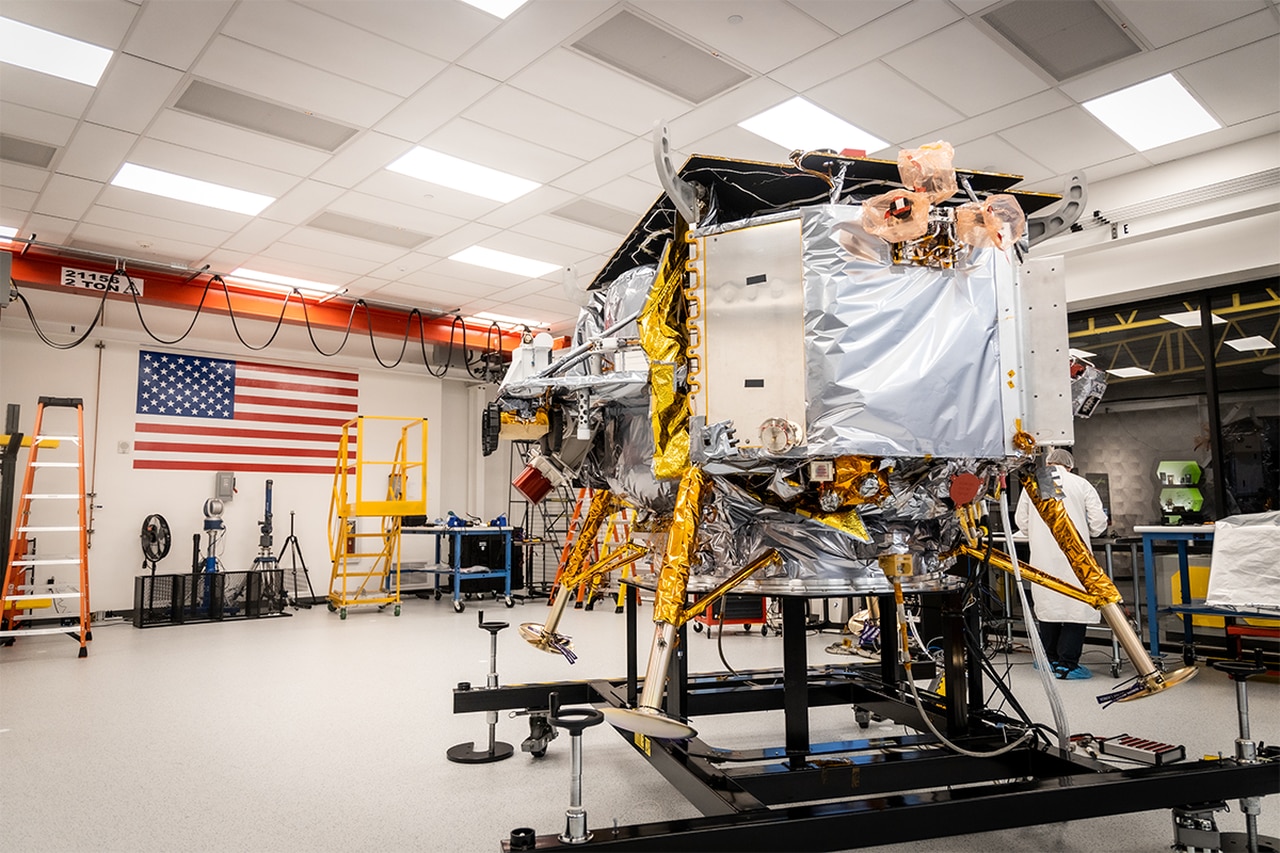NASA in Alabama leading return to moon, âmake no bones about thatâ
Jody Singer, director of NASA’s Marshall Space Flight Center in Huntsville, recently made clear her center’s big role in returning humans to the moon.
“When the next astronauts land on the moon, they will do it with an industry-led human landing system team managed here at Marshall with partnerships with Blue Origin and our other partner SpaceX,” Singer said at a June 9 celebration of Blue Origin’s team joining moon lander builders for America’s return to the lunar surface.
That next landing won’t happen in 2024, the year marking the 55th anniversary of the 1969 Apollo 11 mission that put the first astronauts on the lunar surface (Marshall played a major role in that initial foray, too). An anniversary landing isn’t NASA’s goal but a fly-around “return to the moon” by astronauts could happen next year and the next footsteps on the lunar surface could be made as early as 2026.
The first Peregrine moon lander “is assembled and ready for its journey to Florida for integration with our launch vehicle, United Launch Alliance (ULA)’s Vulcan Centaur,” the space company Astrobotic says.
Singer wasn’t exaggerating Alabama’s role in thr next human landing. “This is a Marshall-led program, make no bones about that,” landing system program director Lisa Watson-Morgan said at the same June event. The Marshall center has “a little over 200 people” working on the landing, Watson-Morgan said, and “across the agency upwards of 300, 400 more.”
As Singer said, two commercial teams are leading the surface return. The first is SpaceX founded by Elon Musk. Blue Origin, the rocket company founded by Amazon founder Jeff Bezos, is leading the second team. Blue Origin’s team includes Lockheed Martin, Draper, Boeing, Astrobotic and Honeybee Robotics. Astrobotic is building the lander and says its first lander is ready to go.
John Couluris, manager of Blue Origin’s landing program, said at the same event that Blue is preparing to test moon mission rocket engines at the historic 4670 Test Stand at Marshall. The engines are made at the company’s plants in Seattle and Huntsville.
“The sacrifices that have been made to get us where we are today have been incredible,” Couluris said, although he did not elaborate. He called the coming test firings “incredibly important for the nation, not only for ULA which utilizes our engines on Vulcan, but also for New Glenn.” New Glenn is the bigger rocket Blue Origin has been working on for several years. It is nearing completion now at the company’s factory in Florida.
Like previous rocket programs, the two companies working toward the lunar return have had moments of triumph and disappointment. SpaceX’s moon rocket Starship exploded in the air on its first launch attempt in April and the program is currently grounded by the Federal Aviation Administration.
ULA CEO Tory Bruno has also released a video of an explosion during an April test of part of his company’s Vulcan Centaur rocket. The mishap at Marshall Space Flight Center was blamed on a hydrogen fuel leak.
That incident will delay the first launch of Vulcan Centaur planned to send the private Peregrine lander toward the moon. It has also delayed two test satellites for Amazon’s Project Kuiper internet constellation and a payload for Celestis, a space member services company.
The Peregrine lander is “assembled and ready for its journey to Florida for integration with our launch vehicle, United Launch Alliance (ULA)’s Vulcan Centaur,” Astrobotic said in May. “While the Astrobotic team is looking forward to launch, we understand ULA is conducting an investigation following a test article anomaly. The ULA team … will provide a new date once the investigation is complete. We have confidence they will move through the investigation and Vulcan will fly when it is safe to launch.”
But with two companies actively building rockets capable of deep space destinations like the moon, NASA is confident the return will happen. And the road to get there, just like the original moon landing, passes through Alabama.
